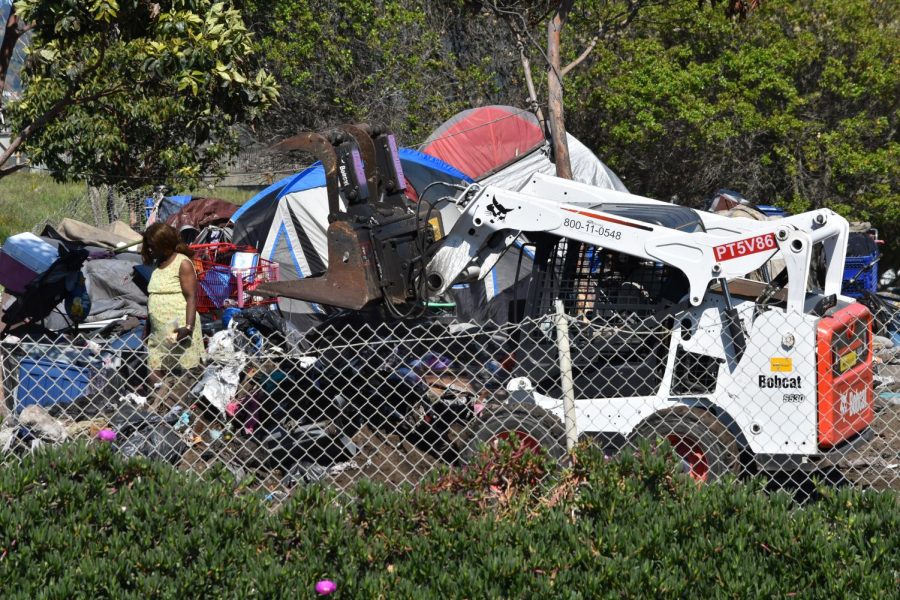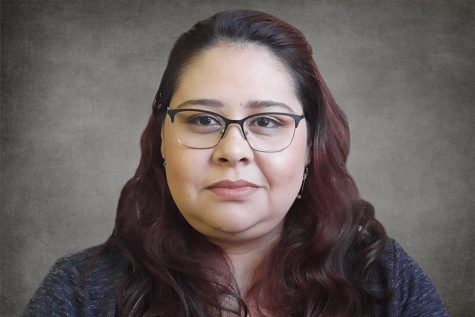COVID-19 furthers homelessness crisis
A homeless encampment is being clear on March 30, in Berkeley, California, after Gov. Gavin Newsom issued a statewide shelter-in-place order.
Mar 31, 2020
When California Gov. Gavin Newsom issued a statewide shelter-in-place order on March 19, he ordered around 40 million California residents to stay home to help diminish the spread of coronavirus in the state.
While social media is bombarded by posts of people who are tired of being indoors for more than four weeks, not a lot has been said about those who don’t have a home to shelter in.
Over the course of a few weeks, California, one of the busiest states in America, has grinded to a halt.
Only those designated as “essential” personnel have been allowed to continue working.
Unless someone is a health care provider, an employee for a grocery store, pharmacy or a bank — remaining indoors is the recommendation.
People are allowed to make quick trips outside when it is necessary and when they do, they should maintain six feet away from other people.
It is understandable that a shelter-in-place order was needed in order to reduce the spread of coronavirus, but this decision comes when, according to the United States Interagency Council on Homelessness (USICH), on any given day, an estimated 151,278 people who identify as homeless are located in California.
Where are all these thousands of people supposed to find refuge from COVID-19 when the rest of the state is sheltering inside?
On March 19, Gov. Newsom authorized $150 million in funding designated to help protect the homeless population from COVID-19, but what is the plan?
How will this $150 million be spent, furthermore, where was this money before the pandemic began?
Why wasn’t this money spent on helping or preventing homelessness?
The first death of a homeless person due to COVID-19 was reported March 16 in Santa Clara County.
No one knows precisely how many other people that person had been in contact with.
Officials are so busy protecting the middle and upper class that the most vulnerable population has been left to fend for themselves.
Schools closures also create a disproportionate drain on the resources of homeless families.
The USICH estimates that 10,407 students were unsheltered during the 2017-18 school year, which means that more than 10,000 homeless students in California have no access to food during the closures.
Resources from charitable organizations also diminish when low-income students are added to the equation.
In order to alleviate this unfortunate situation, some places where people can access food have been assigned — but the demand is higher than the supplies.
Facilities run out of food quickly and often have to close their doors early.
Most importantly, many homeless people have no access to this information.
On March 20, Contra Costa College announced through their social media platforms, a pop-up food pantry that would run from 11 a.m. to 3 p.m., however, around 40 people showed up and the limited supplies were gone in the first 15 minutes.
The toll that the coronavirus has already taken on the public psyche and national economy is unimaginable.
All these health and economic issues are creating a cataclysmic situation for homeless people.
But what else is there to take away from the population that has nothing already?



